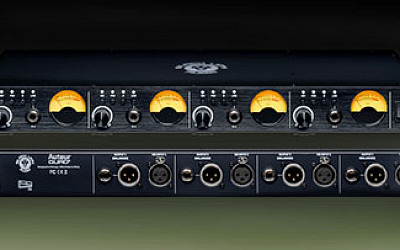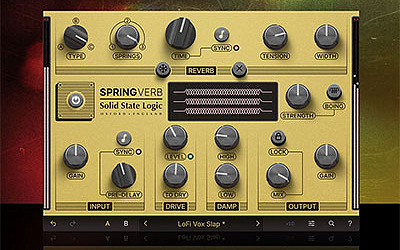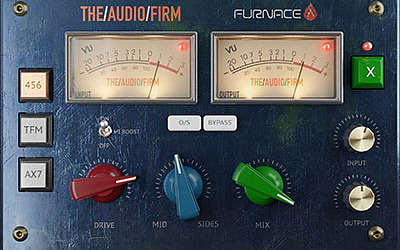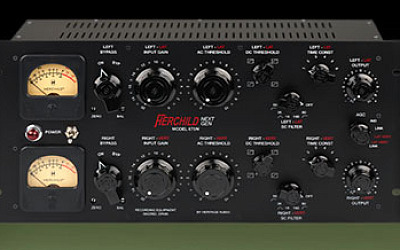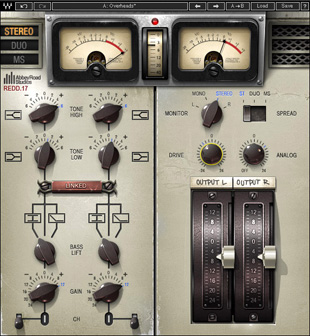 Waves Audio and Abbey Road Studios have jointly announced the Redd Console series of plug-ins.
Waves Audio and Abbey Road Studios have jointly announced the Redd Console series of plug-ins.
Designed and built by, and named after the studios’ in-house Record Engineering Development Department (Redd), the mixing desks used at Abbey Road during the 1960s were renowned for their smooth EQ curves, warmth and stereo imagery. And with Abbey Road’s support, Waves has recreated the colour, character and tonal complexity of two of tthe original desks – the Redd.17 still belonging to Abbey Road Studios and the Redd.37 console now owned by Lenny Kravitz. The result is Redd: a pair of plug-ins that promise ‘the enhanced dimension, richness and depth of these coveted console classics’.
‘Ever since I first heard the word Redd at Abbey Road Studios almost 13 years ago, to me these consoles have had a legendary almost mythical aura around them,’ says Mirek Stiles, Head of Audio Products at Abbey Road Studios. ‘Most of the original Redd consoles have been lost over time but by using the few examples left over and studying the original schematics and design notes from the archives I believe Waves and Abbey Road have revived an important part of musical history that will enable producers of all generations to discover and fall in love with the lost sound of Redd.’
‘Waves is proud to be working together with Abbey Road Studios to preserve the legacy of the legendary Redd consoles,’ adds Gilad Keren, CEO and co-founder of Waves Audio. ‘The Redd consoles were used to help create so much timeless music in the past, and by making their sound available via plugins, we hope to contribute to the creation of timeless music that will be made in the future.’
Both Redd.17 and Redd.37-.51 are Native- and SoundGrid-compatible, and have an MSRP of US$349 (special introductory price of US$199)
More: www.waves.com
